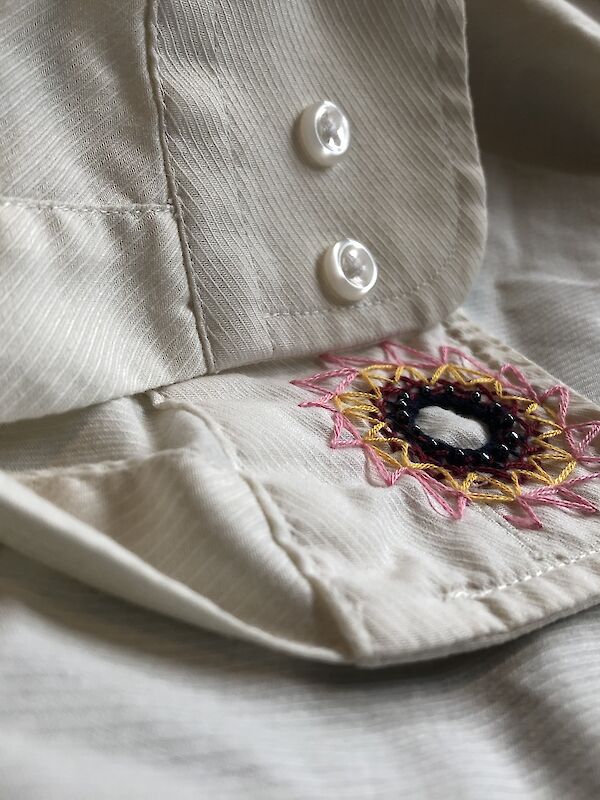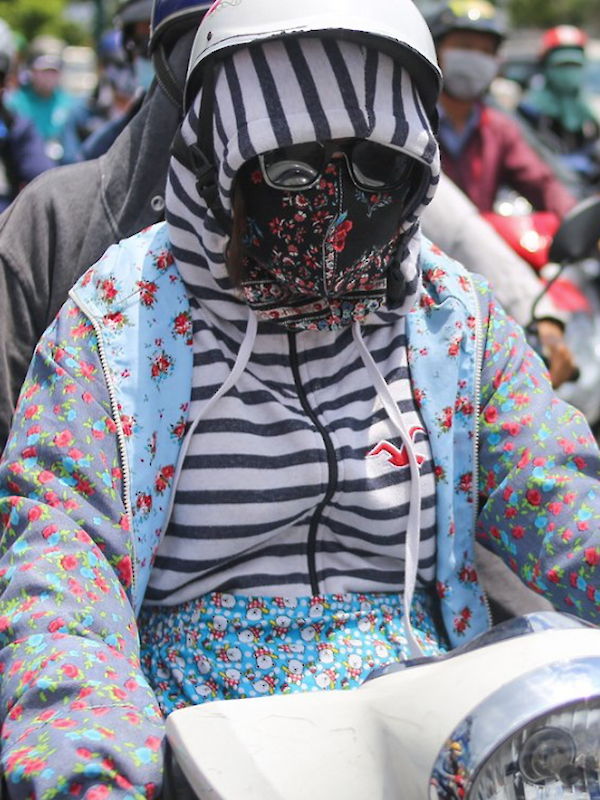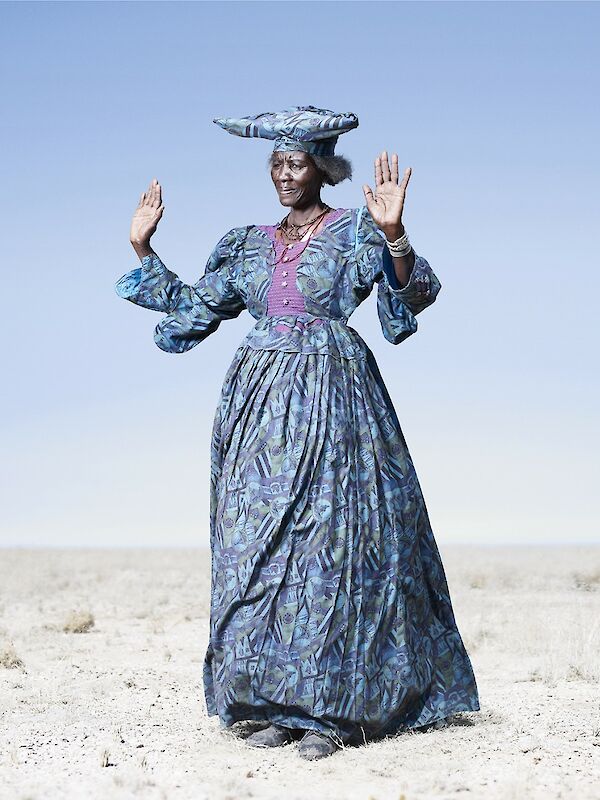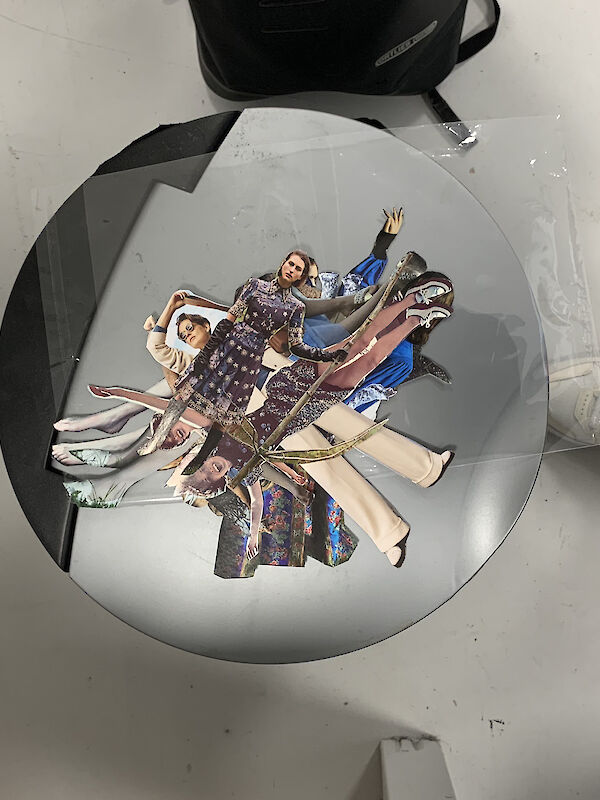
THE CROSS-DRESSING LAWS NEVER ENDED: WHY WE MUST #DEGENDER FASHION
As I read history, searching for my trancestors (trans ancestors), I experience a profound sense of both gratitude and grief. What remarkable poiesis: manifesting majesty amidst so much misery. And yet, what an enormous tragedy: how those who dare to live – not just exist – so often must die for it.
Mrs. Noonan worked as a laundry worker for the U.S. Seventh Cavalry in the 1870s. Known for her unique and refined aesthetics, she designed her own gowns that she would wear to garrison dances, often changing her outfit three times in a single evening. In the Fall of 1878, Mrs. Noonan fell gravely ill. As her condition worsened, she instructed her friends that she wanted to be buried in whatever clothes she had on at the time. After she died, her fellow laundresses did not honor her wishes. Upon preparing her body, they discovered that Mrs. Noonan had what society regarded as “male” genitalia.
Mrs. Noonan’s story spread like wildfire in the press. Newspapers across the country published sensational and malicious hit pieces about Mrs. Noonan’s “masquerade,” frequently associating her perceived gender transgression with her Mexican race. At this time, it was common to depict Mexican people and other communities of color as cross-dressers as a way to justify racism. The dominant paradigm in 19th century US and European science was that sex was race-specific and that only white civilizations had “racially evolved” enough to achieve a clear visual distinction between men and women. The so called “lower races” of the world were dismissed as sexually ambiguous and in need of civilizing through the imposition of Western binary gender norms and aesthetics. In her death, Mrs. Noonan was denied her humanity and made into a caricature. She became symbolic of supposed Mexican treacherousness and deceit, an extreme aberration from the presumed gender normativity of whiteness.
When people aren’t afforded dignity in their deaths, the violence doesn’t stop. There is no dignity in a world that cares more about what people *should* be than they actually *are*. So I ask: What would it mean to give Mrs. Noonan a dignified death?
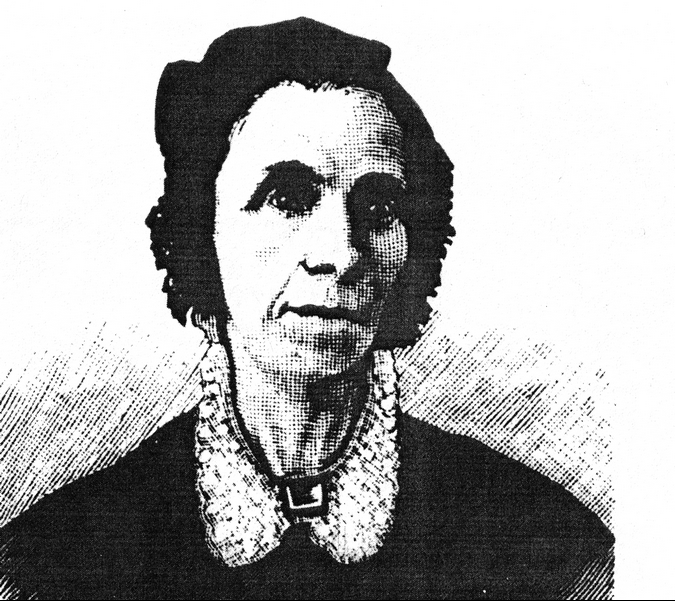
Mrs. Noonan was buried not merely in the ground, but in the presumptions of a colonial gender ideology that mistook their fiction for her flesh. Her body, it did not belong to a man, it belonged to her. Her dresses, they did not belong to women, they belonged to her. How can she rest in peace, how can any of the trans and gender variant people before me rest in peace, when the very disciplinary technologies that marked them for death continue uninterrupted?
There are so many lessons in the lives of our trancestors. Their possible impossible lives were templates of everyday, embodied practices of freedom. I think about what it meant for Mrs. Noonan to design her own dresses: fit for her body, fit for her world. In a society that made no room for us, we stitched our own homes. We carried rags in our pockets to wipe off the makeup before the police came. We made relationships with venues to hide our heels and our clothes behind the bar. We convinced club owners to bail us out of prison when we were arrested for being alive – and meaning it – in public. Style has always been a political modality for us. It provided a space for self-creation in a society that sought to carve us into something we were not. Style was about self-authorship, living poetry.
What would it mean to operate from the premise that there was nothing wrong with Mrs. Noonan? The blame would radiate away from her body to our collective psyche. This was not about what Mrs. Noonan looked like, this is about what society felt like. Instead of putting the onus on individual people to conform their appearances to social conventions in order to be respected (let alone safe), this distinction encourages us to interrogate those conventions themselves.
Why have we gendered inanimate objects, colors, textures, fabrics, silhouettes? Why has fashion, a site of rampant possibility, experimentation, and infinite transformation, been weaponized in the service of visualizing (and romanticizing) the division of billions of complex people into one of two genders? What political interests make the distinction between a pair of pants and a skirt so pronounced and fraught? Indeed, it is one piece of fabric -- introduced between the legs -- that can be the difference between life and death. How did we get here? To a place where fabric not only shapes the body, but our very notions of humanity and who is deserving of it?
When people dismiss fashion as superficial and apolitical I often remind them of the cross-dressing laws. Trans history reminds us that the fashion police are more than a metaphor. In police reports, officers would describe the accessories my trancestors wore, the way that they walked and spoke, the colors and patterns of our garments. People were incarcerated because of an article of clothing. For the crime of being fabulous. It would seem then that it’s not the clothing that’s superficial, but our analysis.
From 1848 until the 1970s (and in some cases later) cities across the US enforced anti-cross dressing legislation, explicitly criminalizing “wearing the apparel of the other sex.” At this point in time, women in slacks were considered gender non-conforming. With the emergence of the “new woman” of the 20th century, men were concerned that women were becoming increasingly “unsexed,” masculine, abnormal with the advances in feminism and challenges to confined feminine domesticity. Cross-dressing laws sought to confine women to the home, establish whiteness as visually distinct from Indigenous cultures across the world, formalize a distinction between public and private spheres, and create and criminalize gender non-conformity (increasingly associated as a marker of sexual depravity by eugenicists [1]).
Upon arrest, newspapers would publish portraits of “fairies,” “inverts,” “pansies,” “third sexers” as a way to educate and enlist the public into spotting gender “masquerade” around them and discourage any such behavior. In fact, some papers even published the addresses of people arrested for cross-dressing offense -- ruining their status in society and opportunities for traditional employment.
There was a presumption in these laws that there is an inherent form of sexed clothing. A cultural prescription (what men and women should wear) becomes codified as an essential one (what men and women fundamentally are). Cross-dressing laws established what kinds of bodies were permitted, not just in the public sphere, but in the public consciousness.
It’s not that trans and gender non-conforming people are *new,* it’s that for centuries tactics have been developed specifically to disappear us as we are living right beside you. It’s less generative to focus on our emergence, and far more worthwhile to focus on the naturalization of our attempted eradication. Mrs. Noonan was not gender non-conforming. She simply existed. And her existence was politicized because she insisted on her own self-ownership. She was made gender non-conforming, made criminal, because she had the audacity to prioritize her beauty before their rules.
That’s what my trancestors did. Despite the laws on the books, they created templates of everyday practices of freedom. People like Mary Jones who in 1836 pled not guilty for being Black, trans, and alive: “I have always attended parties among the people of my own Colour dressed in this way.” People like Dick/Mamie Ruble who insisted on wearing what they wanted and who was sent to a state insane asylum in 1890 after explaining to the judge “I’m neither a man nor a woman and I’ve got no sex at all.” People like Jeanne Bonnet who were arrested over twenty times for cross-dressing: “You may send me to jail as often as you please, but you can never make me wear women’s clothing again.” People like Lucie Hicks Anderson who in 1945 had the conviction to say to the court: “I defy any doctor in the world to prove that I am not a woman.”
It’s not just about what these transcestors were fighting against. It was about what they were fighting for. They were fighting for the right to wear what they wanted. They were fighting for the right to self-fashion. They were designing another world, one where people have ownership of their bodies, where gender, sexual, and aesthetic diversity is embraced.
So often, gender-neutral fashion is discussed as a “trend” or a “fad” in the fashion world. Such appraisal of gender-neutral fashion as new is historically inaccurate and is – once again – yet another rhetorical strategy to disappear the ongoing work of dress reformers who have been struggling against gendering fashion for centuries. For as long as fashion has been gendered, there have been people resisting it. Contemporary efforts to degender fashion are part of a longstanding tradition: from Indigenous communities across the world resisting the colonial imposition of Western dress, to the Rational Dress Societies of the UK, to the Bloomers, to the unisex movement of the 70s, and more. Dress reformers have always ambitioned not just to re-imagine clothing beyond gender binary lines, but to re-conceptualize fashion itself. For us, fashion has been redeployed from a technology of discipline to one of self-declaration -- endless possibility.
The uniform is not just a look, it’s a mentality. Even though they might not still be on the books, we never left the era of the cross-dressing laws. They still structure our aesthetic, social, and political imagination. They are the voices in our own head, the voices on the streets, the voices in the comment sections that tell us that we can’t wear “that” because we’re “this.” They are the gravitational forces which continue to divide stores, websites, collections on gender lines. They are the bread and butter of fashion, beauty, and advertising industries which continue to market clothing and products as gender-specific. They are the political atmosphere that make people more concerned with gender non-conforming people existing than some of the greatest issues of our times: a pandemic, climate change, economic collapse.
When I’m getting dressed I prepare my outfit like an altar. I dissent from a world that continually seeks to delegitimize and discard us. I become a living memorial for all those who came before me. I know that I can only exist because of my transcestors. Degendering fashion is grief work. It is anti-violence work. Is dignity-work. It’s a meaningful way to right historical wrongs and wrong contemporary righteousness that prioritizes convention over compassion.
Online publication: 9 March 2021
Note
Eugenics - see this book report by ALOK on American Eugenics: Race, Queer Anatomy, and the science of Nationalism by Dr. Nancy Ordover (University of Minnesota Press 2003).
Further reading on the history of anti-cross dressing legislation:
Arresting Dress: Cross-Dressing, Law, Fascination in Nineteenth-Century San Francisco – Clare Sears
Re-Dressing America’s Frontier Past – Peter Boag
Black on Both Sides: A Racial History of Trans Identity – Riley Snorton
Gay New York: Gender, Urban Culture, and the Making of the Gay Male World 1890-1940 – George Chauncey
Lead image: Caleb B. Kuntz






